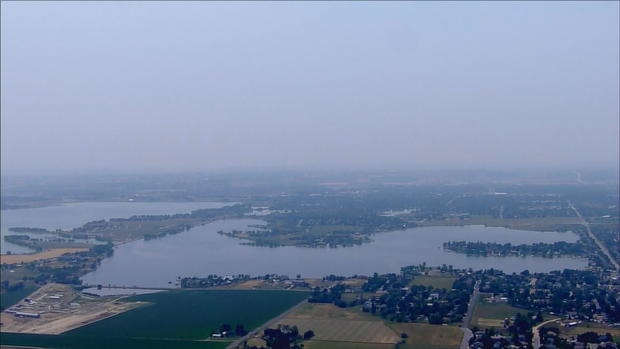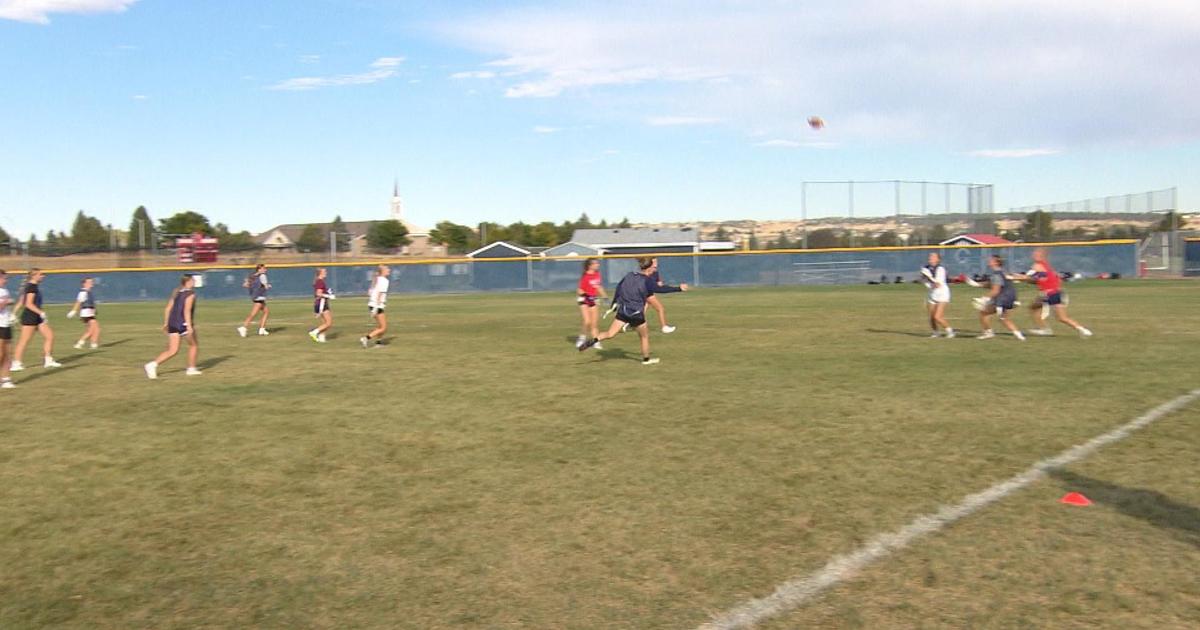Ozone & Smoke Could Cause Colorado To Miss Another Air Quality Standard Deadline
DENVER (CBS4) - Much of the central and northern Front Range of Colorado will likely miss yet another deadline for meeting EPA air quality standards for ozone on Tuesday. Large portions of the area have been seeking to improve ozone levels since the 8 hour National Ambient Air Quality Standard was set up in 2008.
The inability of the state to improve to within standards resulted just two years ago in a re-classification of the area from "Moderate" to "Serious" in 2019.
Under the Clean Air Act, areas that do not attain national ozone standards in a timely manner are reclassified to a higher nonattainment status. The next step up from serious would be "severe."
"Ozone way up in the stratosphere is a good thing, protects us from ultraviolet radiation. I doubt the service when we're breathing it that's a different story," said Scott Lendes, supervisor of Colorado's Air Pollution Control Division. "One of the best descriptions I've heard of it, it gives your lungs kind of a sunburn almost."
The deadline comes at a bad time. Much of the state has suffered from smoke from wildfires out west this year. Massive fires struck Colorado in 2020.
"Ozone is created from different types of pollutants that are emitted from our industries, from our vehicles, from forest fires and they mix with sunlight and that's what creates ozone," said Danny Katz, executive director of CoPIRG, the nonprofit public interest research group. "Ozone is complicated. Ozone isn't a singular pollutant that comes from somewhere."
But, fires have not helped. Smoke from fires has worsened breathing and visibility. Flights in and out of Denver International Airport early Monday were delayed due to visibility problems. Tiny particles can cause multiple problems for people, especially those the asthma or other breathing problems. You breathe those in and the problem with those is you have difficulty breathing them back out they get lodged in your respiratory system," said Lendes. "But also a lot of research is now showing that these fine particles can actually get in your bloodstream," where they can cause troubles for people with heart issues.
RELATED: Over 460 Flights At Denver International Airport Delayed Monday By Weather Issues Around The US
Ozone is created at ground level when chemical reactions between volatile organic compounds (VOCs) in sunlight react with oxides of nitrogen (NOx) that are most often human produced. Man-made ozone has been dropping due to emissions restrictions on automobiles and industry, said Lendes, but levels still remain beyond the goals set by the EPA for improving air quality. Fires are making it worse.
"With climate change and long term drought across the western U.S., I don't see this as a problem that's going to go away anytime real soon," Lendes added.
CoPIRG sees the need for more action from communities affected by ozone problems.
"There's a number of things we need to do," said Katz. "We need to switch to cleaner vehicles, usually electric vehicles. We need to give people more options, so they don't have to drive everywhere, and we need to make sure that the industries that are producing pollution that we are ratcheting down that pollution. And finally, we need to tackle climate change and ensure that we're not making forest fire season worse."





